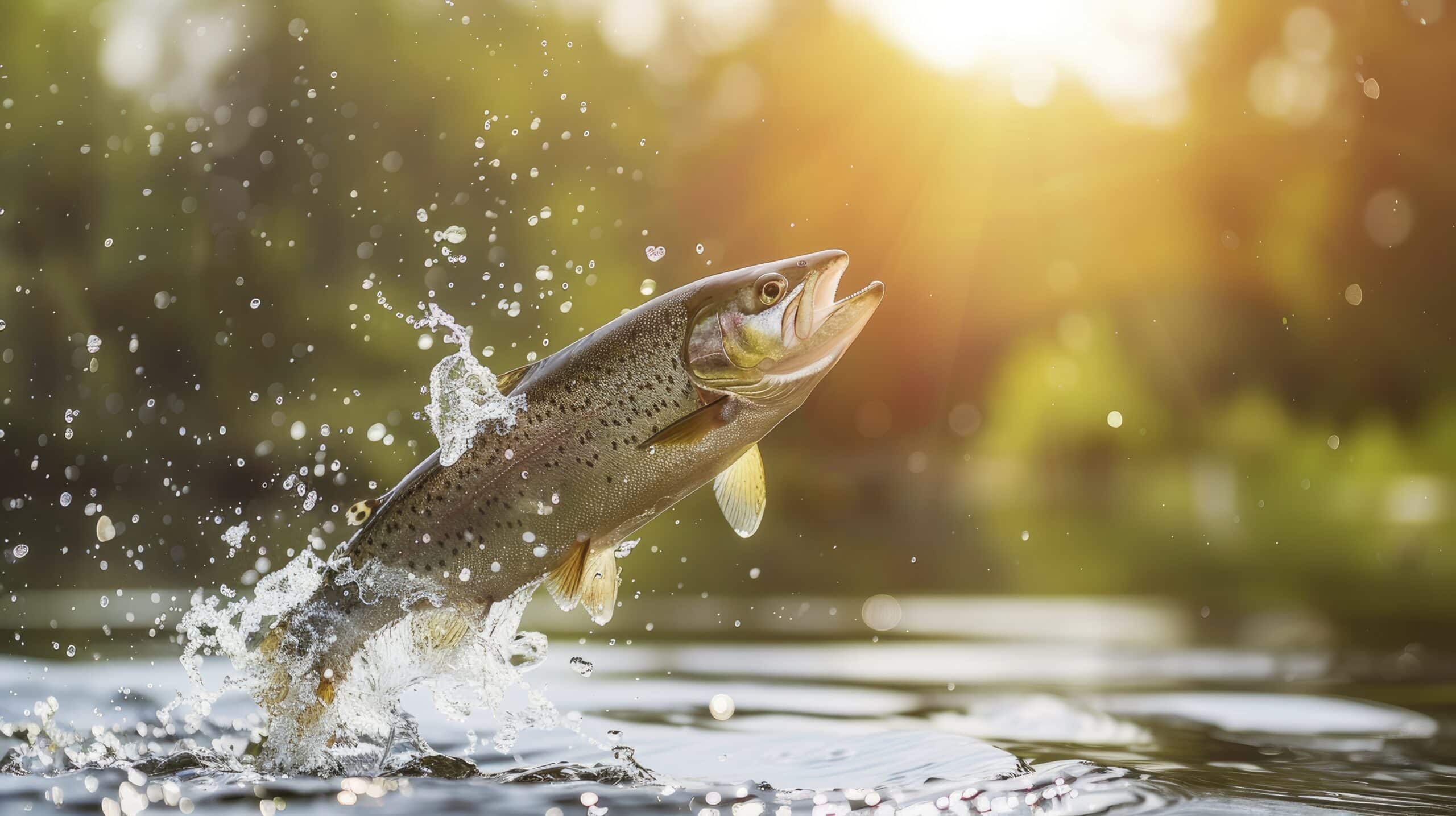What Color Bait is Best in Rivers?
Key Takeaways
- Color is an essential factor when it comes to fishing lures
- Water clarity affects the effectiveness of bait color
- Different fish have different preferences, so understanding their natural prey can help in choosing the right bait color
When it comes to fishing in rivers, choosing the right bait color can make a significant difference in your success. Anglers often debate which color is best, with each person having their own favorite. However, the exact answer to what color bait is best in rivers is not specifically mentioned in the given texts from The Bass Fishing Life and The Meat Eater. Despite this, we can explore some general principles and considerations that may help you make an informed decision.
The Role of Color in Fishing Lures
Color is an essential factor when it comes to fishing lures. Fish have different visual capabilities compared to humans, and their ability to perceive colors can vary depending on several factors such as water clarity, light conditions, and the species of fish being targeted.
While there is no single color that works universally in all river fishing scenarios, understanding the role of color can help you choose a bait that increases your chances of success.
Water Clarity
One of the key factors to consider when selecting bait color for river fishing is water clarity. In clear water, fish have better visibility and can distinguish between different colors more easily. In this scenario, natural and realistic colors tend to be more effective, such as shades of green, brown, and white. These colors mimic the appearance of prey and can trigger a feeding response from fish.
On the other hand, in murky or stained water, visibility is reduced, and fish rely more on their other senses, such as smell and vibration, to locate prey. In these conditions, brighter and more contrasting colors, such as chartreuse, orange, or red, can be more effective. These colors create a stronger visual stimulus and can help the bait stand out in low visibility conditions.
Light Conditions
The lighting conditions in the river also play a role in determining the effectiveness of bait color. Different colors reflect and absorb light differently, and this can impact how the bait appears to fish.
In bright sunlight, lighter colors tend to be more visible as they reflect more light. In this case, using baits with silver or metallic finishes can be advantageous as they create flashes that attract fish.
During low light conditions, such as dawn or dusk, darker colors can work well as they create silhouettes that fish can detect against the lighter background. Blacks, purples, and blues can be effective during these times.
Species of Fish
The species of fish you are targeting in rivers can also influence your bait color choice. Different fish have different preferences and feeding habits, and understanding their natural prey can help you select the most effective color.
For example, if you are targeting bass, they often feed on smaller fish, frogs, and insects. Using bait colors that mimic these prey items, such as green or brown patterns, can increase your chances of enticing a strike.
Experimentation and Adaptation
While the general principles mentioned above can provide a starting point for selecting the right bait color in rivers, it’s important to remember that fishing is not an exact science. Conditions can vary from one river to another, and even within the same river, so it may require some experimentation and adaptation to find what works best.
Keep a variety of bait colors in your tackle box and be willing to switch between them based on the specific conditions you encounter on the river. Pay attention to any patterns or preferences you notice in the fish’s behavior and adjust accordingly.
Conclusion
While the exact answer to what color bait is best in rivers is not explicitly mentioned in the given texts, understanding the role of color, water clarity, light conditions, and the species of fish can guide your decision-making process. Remember to experiment, adapt, and pay attention to the feedback from the fish to increase your chances of success on the river.
Related Websites:
FAQs:
Q: How do fish perceive colors underwater?
Fish perceive colors differently underwater due to the way water filters and absorbs light. Understanding how fish see colors can help in choosing bait colors that attract their attention.
Q: What factors affect fish vision in rivers?
Various factors such as water clarity, depth, and the presence of suspended particles affect fish vision in rivers. These factors can impact how fish perceive bait colors.
Q: How does bait color impact fish attraction?
Bait color plays a significant role in attracting fish. Certain colors are more attractive to specific fish species, and understanding this can help increase fishing success.
Q: What are the benefits of using natural bait colors?
Using natural bait colors can mimic the appearance of the fish’s natural prey, increasing the chances of attracting fish. It creates a sense of familiarity that encourages them to bite.
Q: How can lighting conditions affect bait color perception?
Lighting conditions in rivers can affect how bait colors appear underwater. The intensity and direction of light can alter color perception, so adjusting bait colors accordingly can be beneficial.






